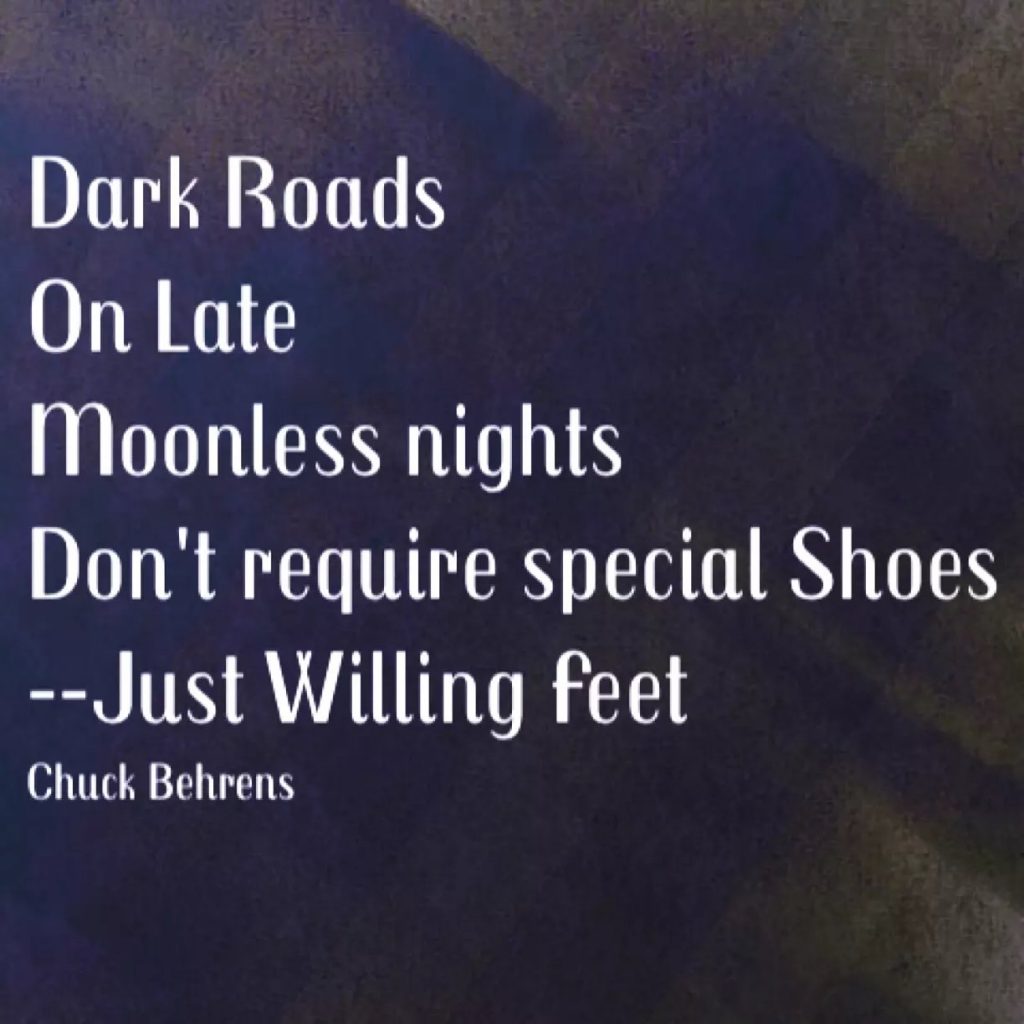The older we get the less USE we have
is usually a lie we tell ourselves
even if it’s not our Birthday
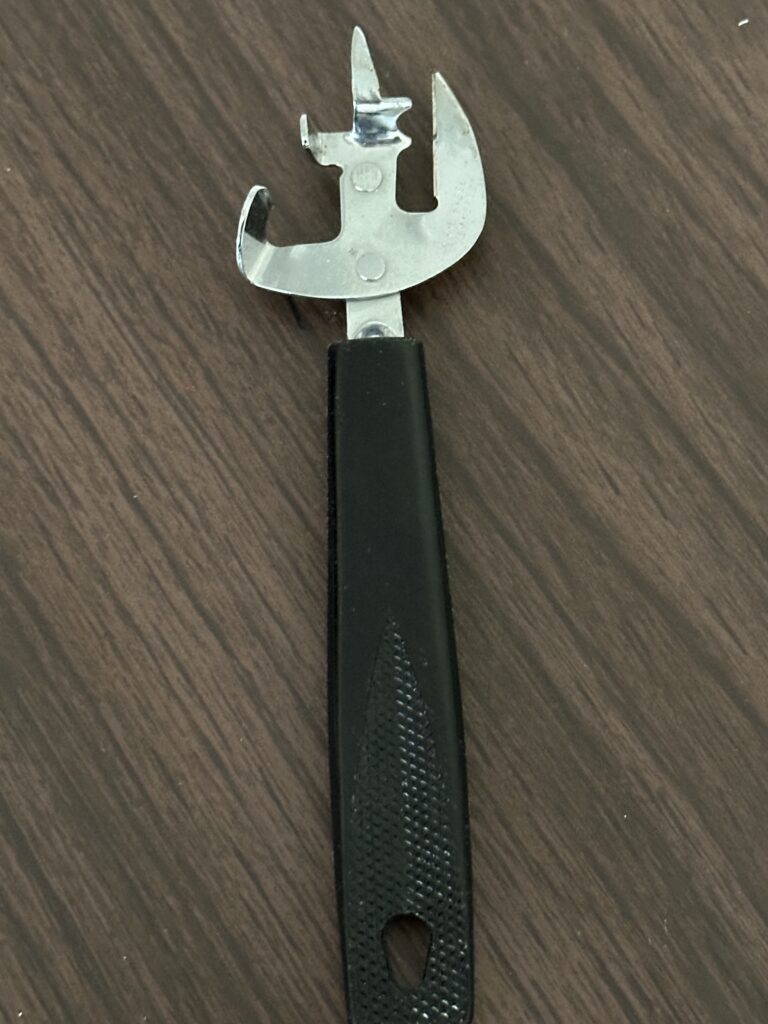 So even when the World as a whole doesn’t recognize it
So even when the World as a whole doesn’t recognize it
OR WORSE
just have USE of us any longer. . .
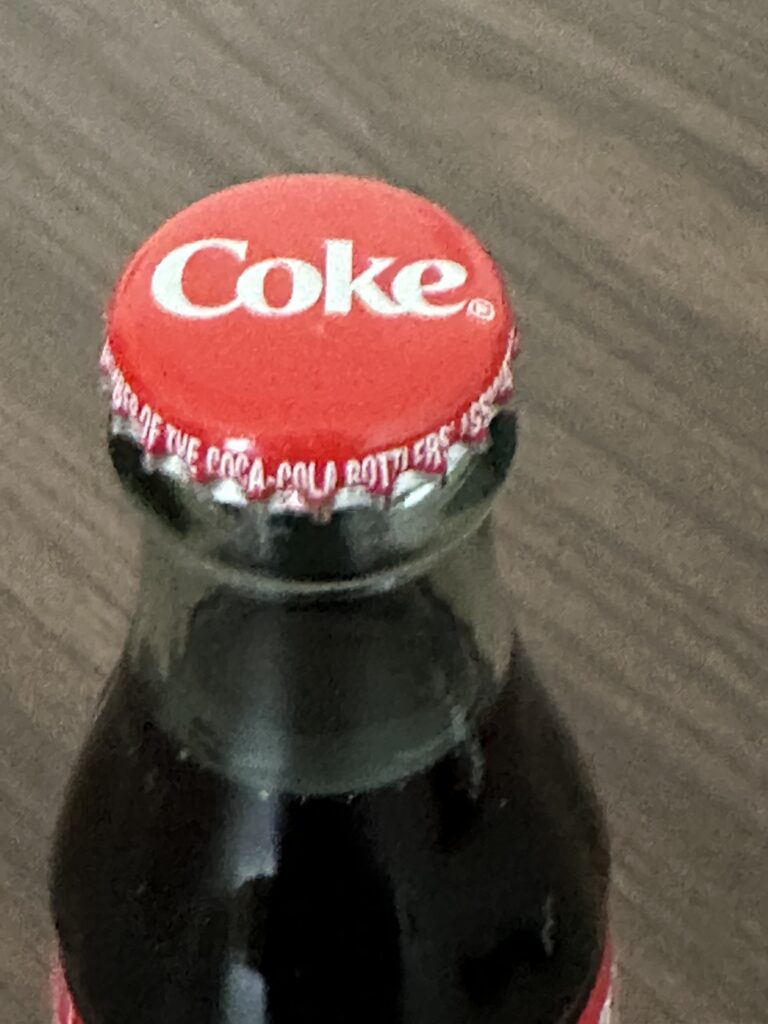 Never forget that we can still do
Never forget that we can still do
what no one else
CAN
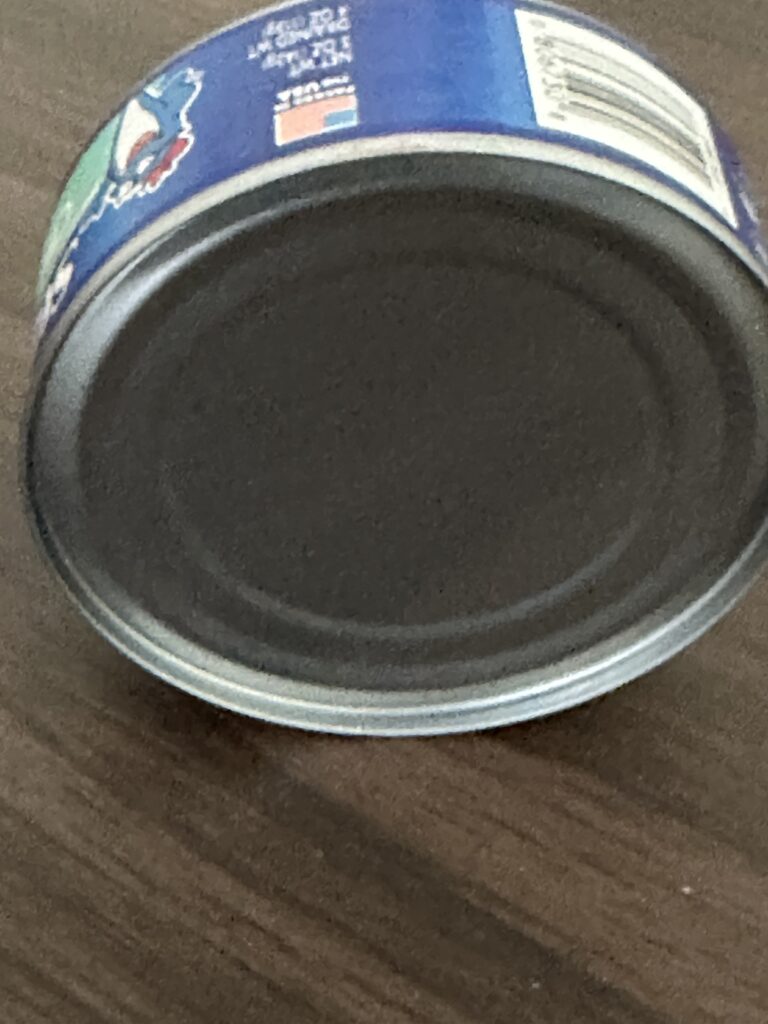 Yeah, that kind of
Yeah, that kind of
C A N
t o o. . .
SPILLAGE
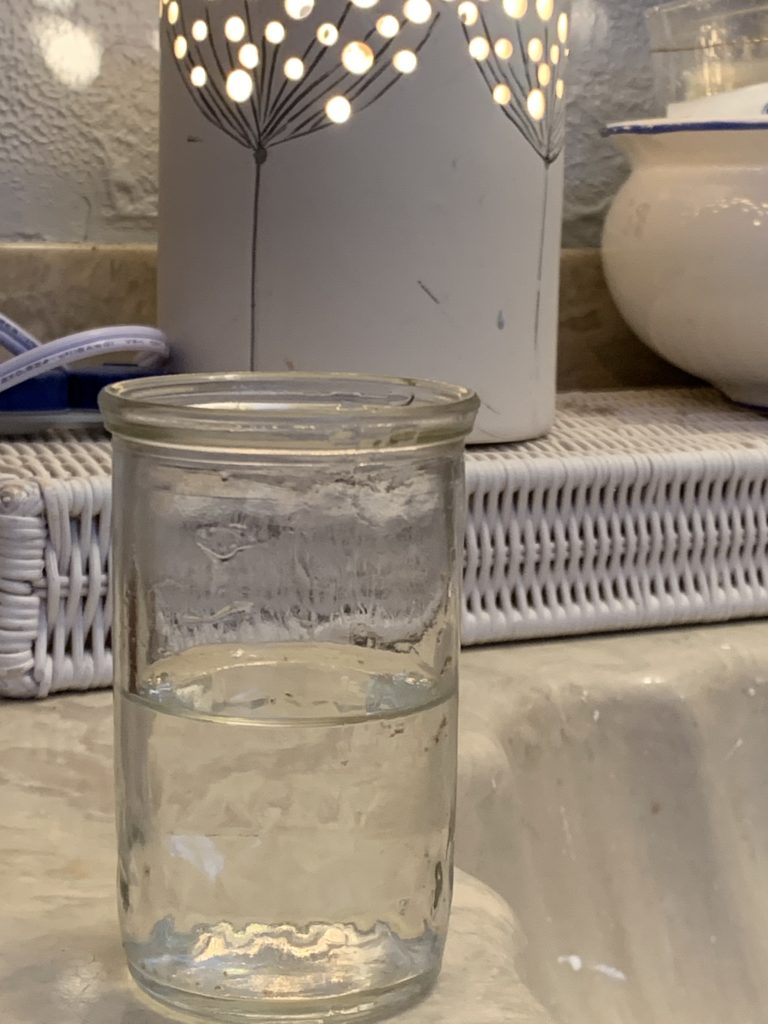
“You are holding a cup of coffee when someone comes along and bumps into you or shakes your arm, making you spill your coffee everywhere.
Why did you spill the coffee?
“Because someone bumped into me!!!”
Wrong answer.
You spilled the coffee because there was coffee in your cup.
Had there been tea in the cup, you would have spilled tea.
Whatever is inside the cup is what will spill out.
Therefore, when life comes along and shakes you (which WILL happen), whatever is inside you will come out.
It’s easy to fake it, until you get rattled.
So we have to ask ourselves… “what’s in my cup?”
When life gets tough, what spills over?
Joy, gratitude, peace and humility?
Anger, bitterness, victim mentality and quitting tendencies?
Life provides the cup, YOU choose how to fill it.
Work towards filling our cups with gratitude,
forgiveness,
joy,
words of affirmation,
resilience,
positivity;
and kindness,
gentleness and love for others.”
 We most likely have heard that story before or some version of it but until what SPILLS out of us takes on another consistency, hear, read the story again and again and again and . . .
We most likely have heard that story before or some version of it but until what SPILLS out of us takes on another consistency, hear, read the story again and again and again and . . .
IN JUST A MOMENT: USING SPACES
Ohhhhhhhh the LIE
of an empty space. . .
If we just had a little bit more time. . .
if we just had an extra day. . .
give me a minute. . .
wait a second. . .
We’ve all said these things before
and guess what
if we literally
magically
were given an extra day
and extra hour
and extra minute
a moment
we most likely wouldn’t do anything differently to make a difference~~
NOW THAT IS A TRAGIC WASTE OF SPACE. . .
(one you don’t have to waste at all with no extra time needed)
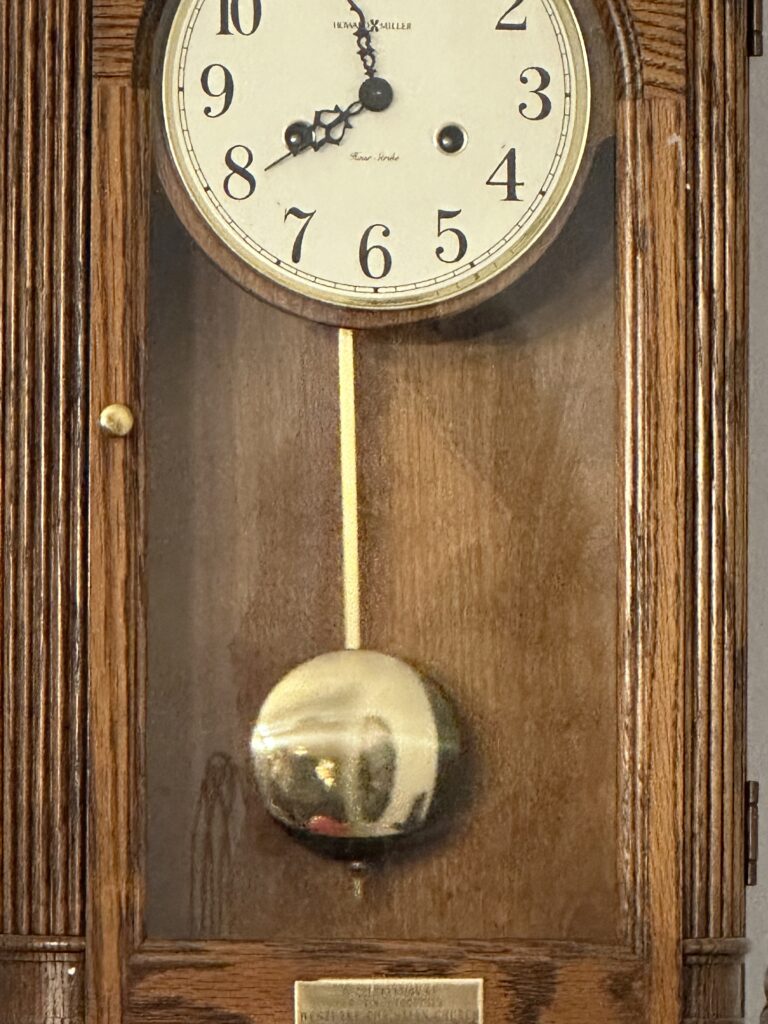
LOVED INTO BEING
https://youtu.be/jmFEKCwONkg?si=rFaYlvdZZ9xdDTs
WHO HAS LOVED YOU
WHO HAS LOVED YOU INTO BEING
I truly hope you took
A MINUTE
with Mr. Rogers and Lloyd
and experienced the
WONDER OF YOU
and how you are
LOVED
TO LOVE
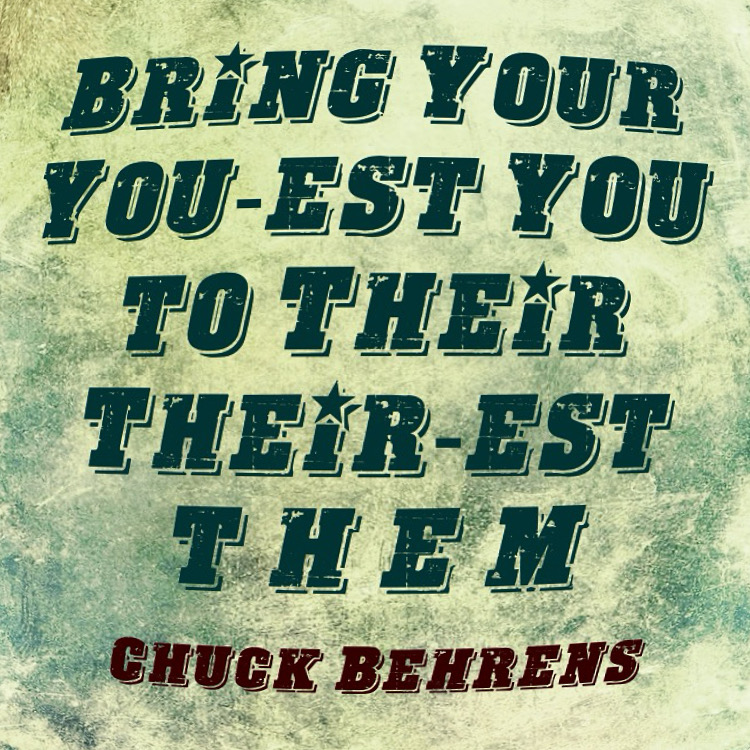 Is it really
Is it really
JUST THIS EASY
Mr. Rogers would lie. . .
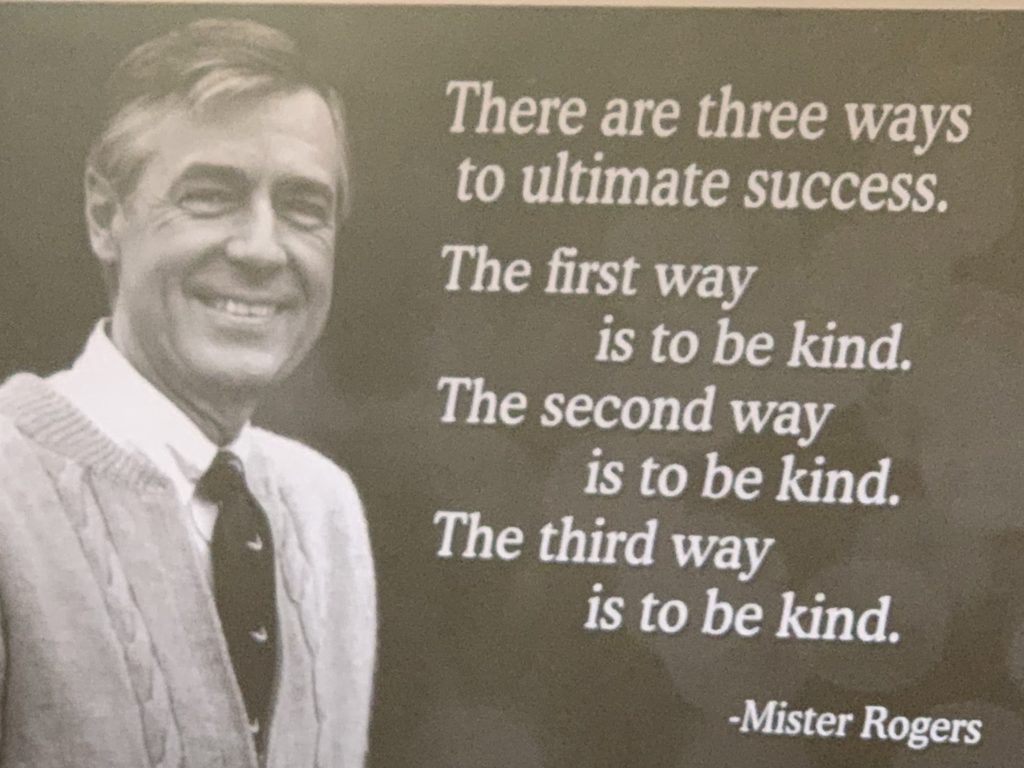 LOVED TO LOVE
LOVED TO LOVE
(beginning with yourself)
F. E. A. R.
What’s your greatest FEAR?
What’s your greatest F. E. A. R.? (F alse E xperiences A ppearing R eal)
Is it the same Question?
Is it the same Answer?
There comes a day when you realize that the fear never really goes away,
that if you really want something,
you have to be willing to do it afraid.
And maybe this is the only way you ever get to discover your fullest potential.
Maybe you just have to dive right in and face the thing that scares you the most.
Because in the end,
it’s not the rejections and so-called failures that will haunt you.
It will be your own potential left unexplored.
So maybe you don’t need to wait until you overcome your fears to take the first step forward.
Maybe you just need to know there’s something more important than fear. Something greater.
Something worth fighting for.
And maybe overcoming your fears is the least important part of your story anyway.
Maybe what matters is that you’re scared but still determined.
Shaky but still standing.
Afraid but still willing to try.
– Zanna Keithley
 Artist: Skategirl
Artist: Skategirl
What’s your greatest FEAR?
What’s your greatest F. E. A. R.? (F alse E xperiences A ppearing R eal)
False experiences appearing real or is it Forget everything and run or is it Face everything and rise?
WHAT SAY YOU…or are you to afraid to say?
Hmmmmmmmmmm. . .
Is it the same Question?
Is it the same Answer?
Your answer is what you SHOW
not what you SAY!
Psssssssssssssssssssssssssssssssssssssssssssssst:
When it comes to
FIGHT OR FLIGHT
no special shoes are needed. . .
JUST WALK
(it’ll eliminate being paralyzed or worse: DOING NOTHING)
IN JUST A MOMENT: HO HO HO TO HO HO HELL
HALF OF THE WORLD AWAY
This is the story of a young girl called Lily. Looking at the moon through her family telescope one night, she is amazed at what she finds, a man on the moon. Lily watches on as our man goes about his chores, all alone up there. She becomes determined to get something to the moon, to send him a message and show him that someone down here is thinking of him.
(The music is ‘Half the World Away’ performed by Aurora, the original song was by Oasis.)
Sometimes being half of the world away is a lot closer than we allow ourselves to believe; especially if we look at it through THE LENSES of a Child. . .
Go ahead. . .BLINK. . .
Gently rub your eyes and take another look,
a long gawking and
SEE

SEEING
Christmas in July
isn’t as half of the world away as it seems and that mostly:
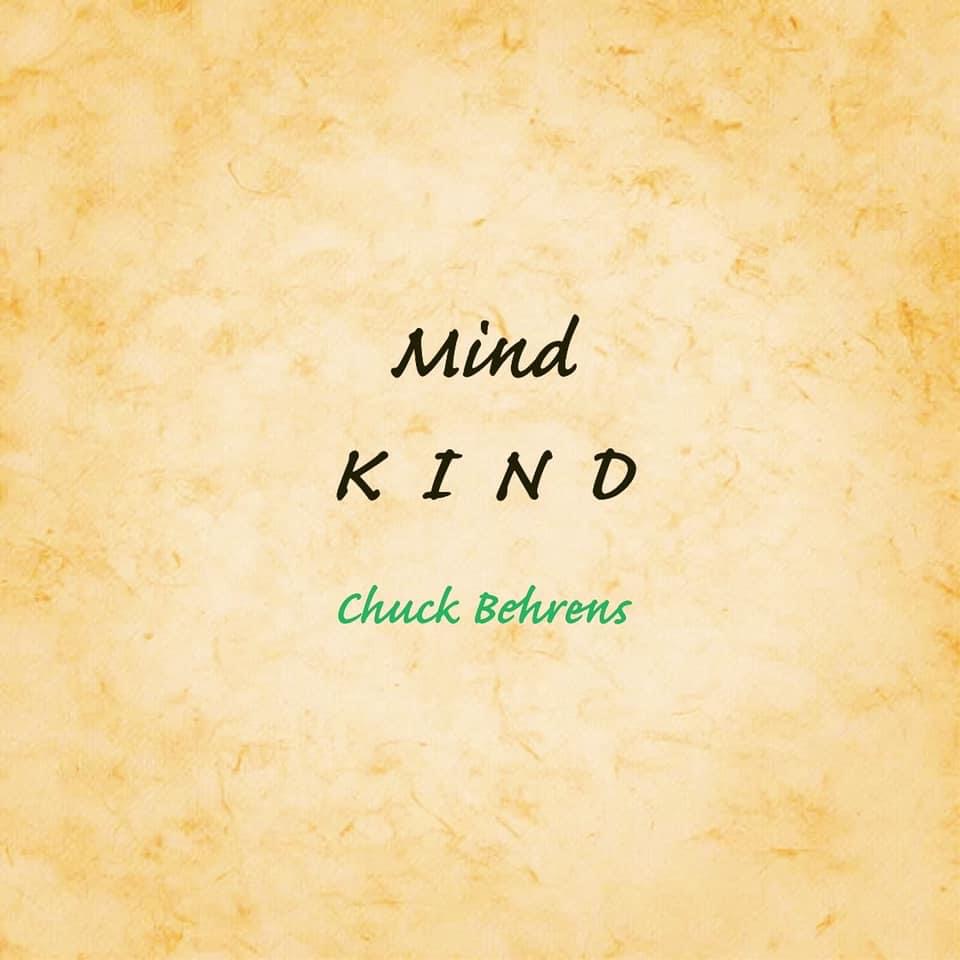 K I N D N E S S
K I N D N E S S
IS
ALWAYS
IN SEASON
SIFTER
I really love this poem by Naomi Shihab Nye for many different reasons by mainly because it makes us ask:
WHAT KIND OF KITCHEN UTENSIL (IMPLEMENT) WOULD YOU BE?

I thought of being a
DISH TOWEL
not just because I spend a lot of my professional and personal time of “Cleaning up messes” of all the ‘spills of sadnesses, dashed hopes, lost loves and unanswered prayers’ but never feeling too saturated enough to SOAK UP all the moisture that absorbs and goodnesses and peace, too.
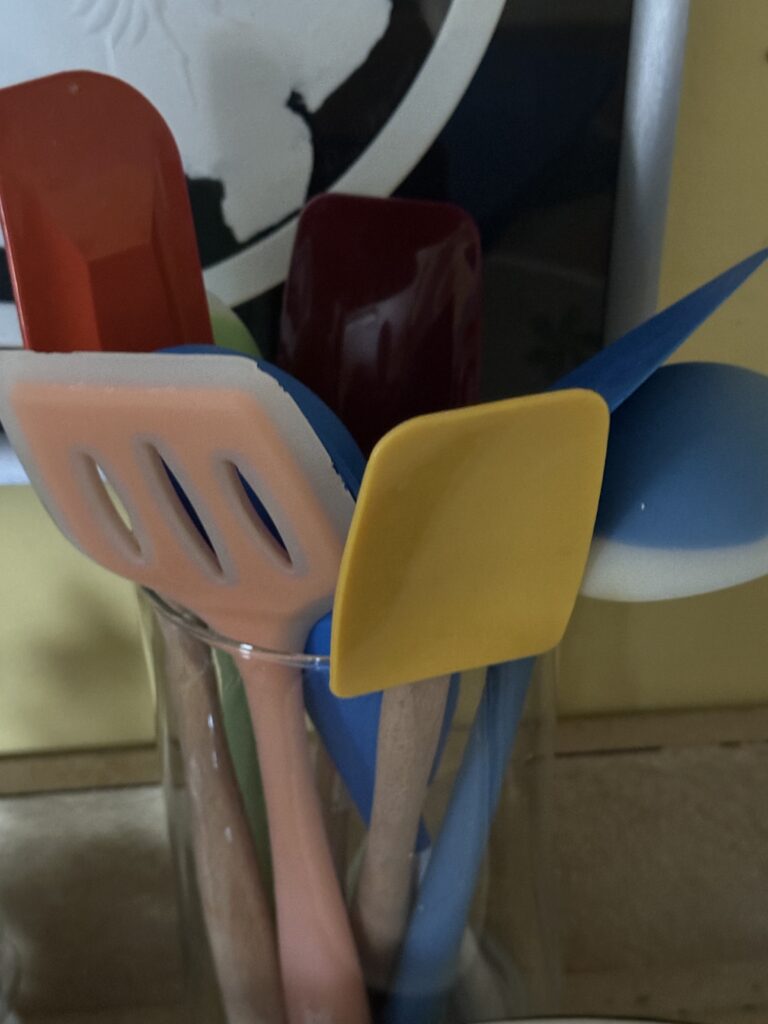
SO. . .what kind of kitchen implement are you?
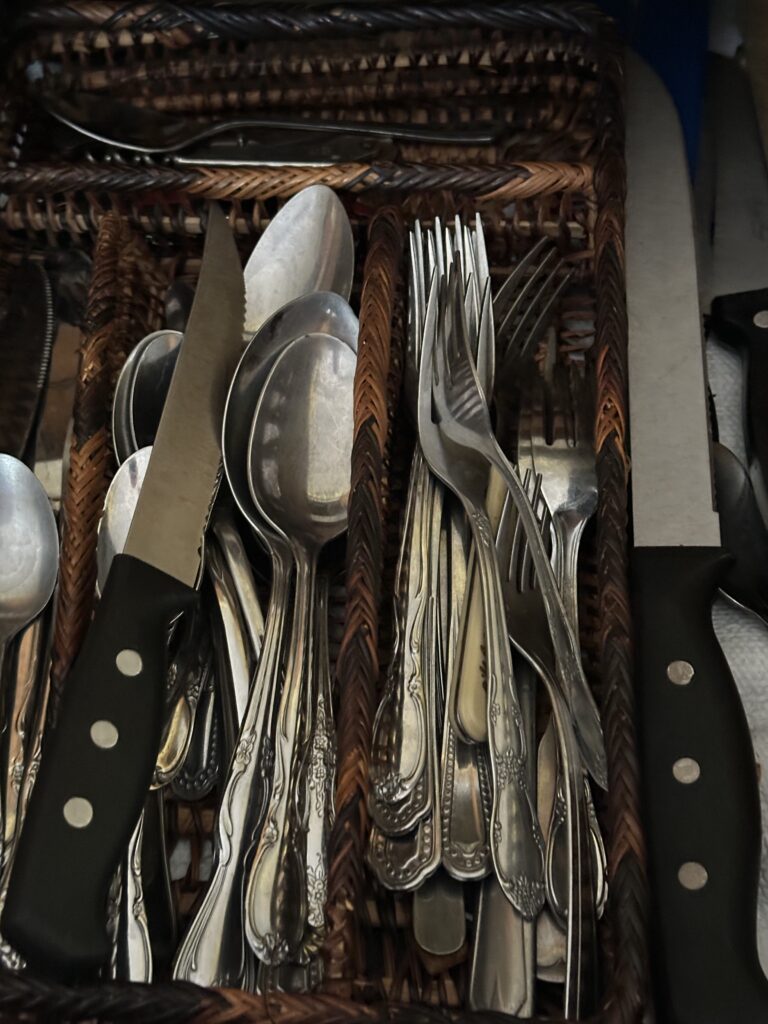 KNOW YOUR USE
KNOW YOUR USE
and then
BE IMPLEMENTED
THE QUIET ONES–THE ART OF SHUSHING
The Quiet Ones
There are quiet saints
everywhere.
Hidden in plain sight,
they do their work
gently and slowly
and lovingly.
Repairing the world
over and over again.
Despite the pain,
despite the sadness
at the heart of it all.
Despite not even
knowing
that this is
their work.
You know them.
We all do.
The barely remembered face
on the bus that gave
a word of advice
that carried you
for a while.
The beggar who smiled
from the street corner
you rushed past,
whether you gave or didn’t.
The teacher who
took time with you
until the light finally
dawned within.
The old lady
who promised
she would light a candle
for you, and did.
The tired nurse who,
nonetheless,
held your hand.
The old man who
showed you
how to plant an acorn.
The child who
smiled at you
when you didn’t feel worthy
of such a gift.
All of them,
punctuation points
of grace
in the story of
your gradual unfolding.
Their numbers swell
the world,
silently, secretly,
and ensure the sun
comes up for
one more day.
That the moon rises
for one more night,
and that hope
is possible for
for one more hour.
Their kindness
is a tide
stronger than
the sea,
and just as
relentless
in its constant
return.
They reflect light into
the night window
of your soul
as gently as
the Moon falling
on silvered waters.
You may never know
their names.
Yet they have mended
the frayed edges
of your life
more often than
you will ever know.
They have
seen you,
and in the moment
of their seeing,
you have felt seen,
known, loved,
necessary, meaningful,
even if just
for a moment.
They may be beside you
right now.
They may be sitting
in your cafe,
or be along side you
on the bus stop bench,
or be just behind you
in the queue,
or just in front.
Here is how
you will know them:
They smile often
with their eyes,
with their souls.
They have borne
great suffering
without becoming
hard or cold.
They disappear
quickly.
Fading like Angels do,
having delivered
their good news.
Their Gospel
is kindness.
Their eyes,
no matter their age
are those of
dancing children.
Their smile true
and hard won.
They are often very old,
or seeming so,
or very young.
They speak less
about themselves
and listen more,
than you or I.
They pray
and breathe
as if they are
one thing.
They laugh and cry
deeply,
and often,
without ever
becoming
stuck in either.
They come when
needed,
though often,
at the last
minute,
but always
on time.
They twinkle as
the first and the last
star does.
They wear wisdom
as lightly
as summer rain.
They give their gift
unminding of
its value.
They let
you walk away
in peace.
They walk on
as blessing.
There are
quiet saints
everywhere.
Perhaps you
have met one?
Perhaps you
could become
one?
Richard Hendrick
Shhhhhhhhhhhhh…
Keep your mouth shut
Your eyes closed
Your Ears open
And your Heart unfastened
SHUSHING
is an art that needs
P R A C T I C I N G
(more)
WE ALL LIVE (IN THE SAME HOUSE)
Melanie DeMore and friends bring us a much needed reminder on the July 8th. . .no longer Independence Day holiday but. . .
Actually, it’s a much needed reminder for anybody, anytime, anywhere.
Melanie based her lyrics on these words from the late John Lewis, one of my personal heroes:
“We all live in the same house, we all must be part of the effort to hold down our little house. When you see something that is not right, not fair, not just . . . do something about it. Say something. Have the courage. Have the backbone. Get in the way. Walk with the wind. It’s all going to work out.”
And . . .
“Never, ever be afraid to make some noise and get in good trouble, necessary trouble.”
WE ALL LIVE IN THE SAME HOUSE Melanie DeMore We all live, we all live We all live in the same house We all live, we all live We all live in the same house Make some good, good trouble Keep on movin' ahead Make some good, good trouble Don't let anything hold you back! Good trouble, necessary trouble Hmmmm, keep goin' Good trouble, necessary trouble Don't let anything hold you back!
(My thanks to Melanie DeMore, VocalEssence Chorus, Ensemble Singers, Singers Of This Age, and Vintage Voices.)
WE ALL LIVE IN THE SAME HOUSE
BE CARING CATALYST ENOUGH
TO MAKE EVERYONE FEEL WELCOMED
- « Previous Page
- 1
- …
- 16
- 17
- 18
- 19
- 20
- …
- 53
- Next Page »

